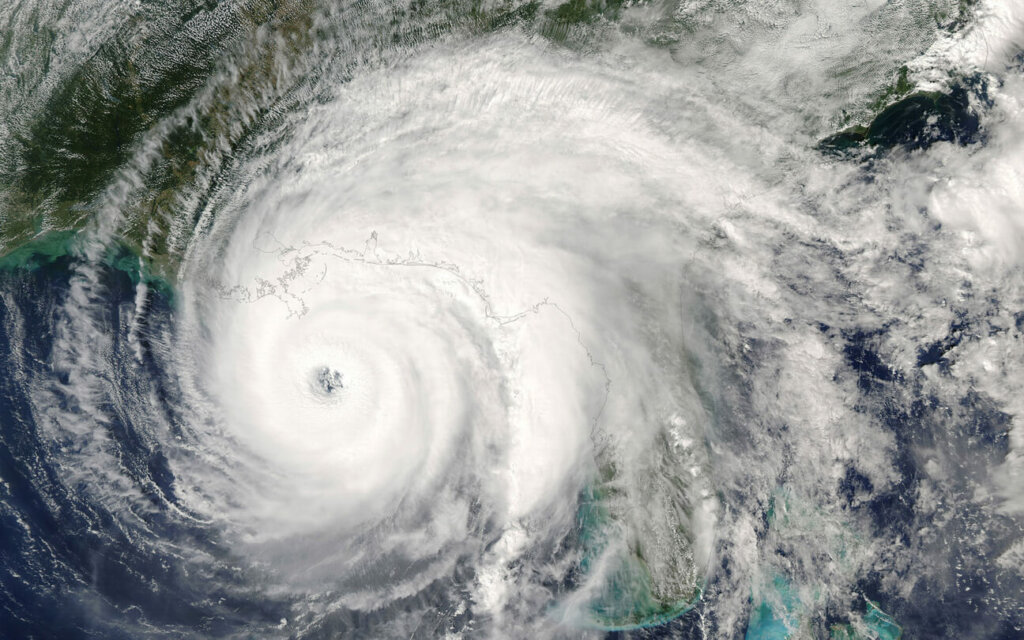Even the best of business continuity programs can go stale. The reasons vary from company to company: Resources are not allocated for program sustainment. Plan owners disengage over time and fail to update plan details. Key personnel leave the organization and take their knowledge with them. System information becomes obsolete. New applications, vendors, and business processes are not accounted for. Then, after two or three years, somebody comes along, blows the dust off the business continuity program, and says, “This won’t do … we have to refresh this!”
To combat this tendency, business continuity teams must take a vigorous strategic approach to building a sustainable business continuity program. One shining example of sustainability in action is Discount Tire, the world’s largest independent tire and wheel dealer. Dean Altman, Assistant Manager of Risk and Business Continuity at Discount Tire, has developed a program that can go the distance – supported by Fusion Risk Management and powered by the Fusion Framework® System™.
Delivering a Sustainable Business Continuity Program
Sustainability at Discount Tire began with a thorough assessment and revitalization of the current business continuity program, since having a firm foundation would be essential for future sustainability. The business continuity team knew that there were gaps that needed to be addressed, such as developing plans for newer SAP ERP solutions.

Working together with Fusion experts, the entire business continuity program was reviewed and refreshed. Altman explains, “With Fusion, we engaged all nine business segments, rated over 200 business processes, developed 22 business continuity plans, and validated those plans with tabletop exercises… all within about six months.”
During the course of this refresh, Altman emphasized user engagement. In the company’s previous business continuity efforts, plan owners were simply given a list of activities to do. In this refresh, however, the business continuity team took the time to communicate the value and benefits of active participation in the business continuity program and connect it to people’s daily work. Altman comments, “Fusion personnel contributed to a large degree in helping our people understand the importance of business continuity. They opened people’s eyes by discussing various scenarios of business disruption, and showed how proper planning can mitigate or eliminate the negative impacts of disruption. The result was a sincere desire by plan owners to engage in plan improvement.
But one of the greatest pillars of sustainability, according to Altman, is having expert support. He states, “The primary benefit Fusion provides is the experienced, professional, and reliable people they have on staff. Our program is sustainable because when we need support, we can get that support. We can call on Fusion’s ‘heavy hitters’ whenever necessary. Their extremely capable personnel help us develop and mature processes to give us a competitive advantage.”
He concludes, “Fusion as a whole – not just the Fusion Framework System, but Fusion Risk Management as a company – is really what provides us the ability to be sustainable. Fusion helps us thrive.”




